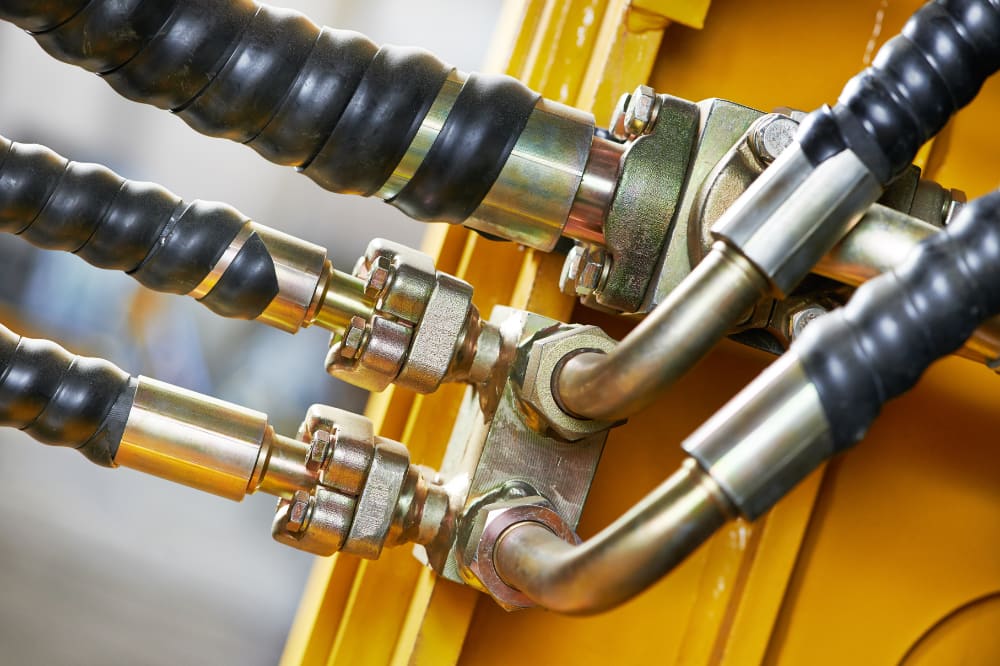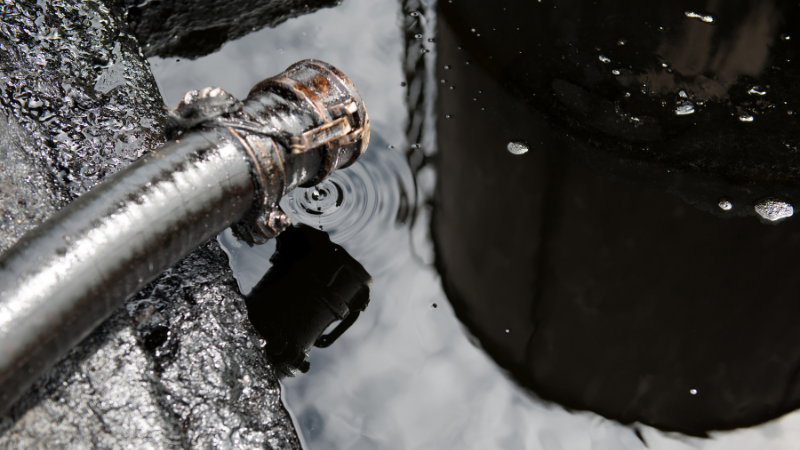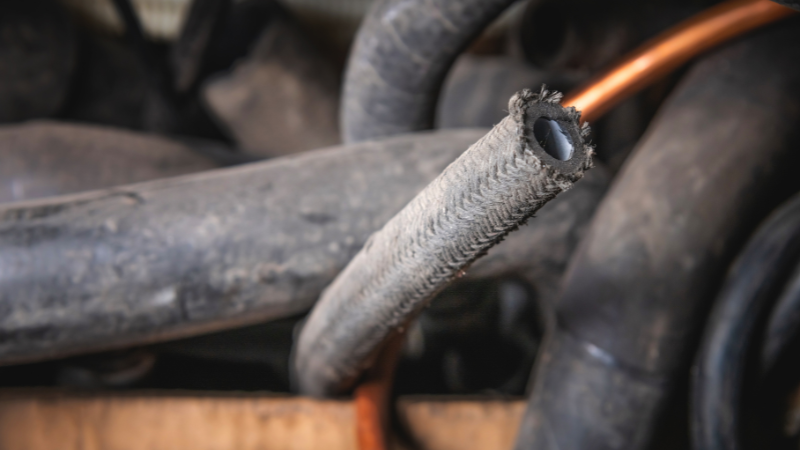What Happens During A Hydraulic Pipe Repair?
June 11, 2024

When you are experiencing issues with your hydraulic pipes and are concerned that you may be in need of a repair, then it can be easy to wonder what the process of repairing a hydraulic pipe will entail.
Hydraulic pipe repairs can be done by yourself however it is always advisable to have the assistance of a professional by your side if you are not confident in handling hydraulics.
If there appears to be a severe problem with your hydraulic system, it is important that you are aware of the process of repairing a hydraulic pipe to ensure that you can competently make these repairs when absolutely necessary.
What Are Hydraulic Pipes Used For?
Hydraulic pipes are used to transport fluid from one component in a hydraulic system to another. There are three main types of fluid that will need to flow through a hydraulic pipe including synthetic oil, petroleum oil and high water content liquids.
The hose is also required to bend around corners making flexibility a necessity in these kinds of pipes. Transferring fluid is also not the only way in which these pipes can be used, for example, these pipes can also be used to transfer energy-generating liquids to different systems.
This is done in order to make the systems function as their own full hydraulic system. When used in this context, the pipes being used must be rigid and sturdy to ensure that the system is easily controllable.
The Process
When your hydraulic system is malfunctioning, it may be very valuable for you to understand the process in which you can fix this issue. It is imperative that you aim to have your hydraulic system fully operational at all times. Pirtek’s Hydraulic maintenance services are incredibly useful for preventing these serious damages in the future.
If you are not able to conduct the repairs yourself, there are plenty of options available that you can try, the main, of course, being that you can get in touch with a member of our team to receive assistance from a professional. If you are in need of any kind of emergency repair service for your hydraulic systems, please do not hesistate to contact our team.
Find the Source of the Damage
The first step of any hydraulic repair service is to find the source of the damage in your hose or pipe, this will allow you to take the necessary precautions to remain safe while conducting the rest of your repairs.
When this has been located, you should clean around the leak to make the damage more visible and dry this area to prevent any further confusion. When this is done you will need to wear safety goggles and pressurise the system to isolate the location of the leak.
Identify The Correct Hose
When you are certain that you know where the leak is coming from, you will need to find the correct type of hose in order to repair it properly. The hose you have used is likely cut to a custom length so you will need to accommodate this to make up for what is cut away during repair.
If you attach an incorrect hose then this could be incredibly dangerous moving forward making it imperative that you are certain that you are attaching the correct hose to your system.
Depressurise Your Machine
Before making any adjustments to your hydraulic system, you should always make sure that the machine being used is completely depressurised. To do this, you will simply need to discharge the pumps and turn off the machine itself.
If you do not depressurise your machine before making hydraulic repairs then you may be putting yourself in severe danger as well as potentially causing irreparable damage to the system itself.
Remove The Broken Section
Once all of the above is complete, you can then begin to remove the broken section of the hose. You will need to first cut off the damaged end of the hose and remove it while keeping the surrounding area on the hose clean to remove the risk of any dirt build-ups.
Ensuring to keep this section clean will mean that you do not need to spend precious time and money on further hydraulic repair services by professionals. This is an important part of the process.
Acquire a Hydraulic Adapter
These adapters will allow you to complete your repairs properly, it is also recommended that you carry a full kit with a variety of adapters to make sure that you have the correct tool.
You will need to place these adapters to their respective ports and tighten them properly as this could have an effect on the rest of the system if not done correctly. If you are unsure about these repairs, our team is always available to help or conduct these repairs for you.
Check Your Pipe’s Length
Now that everything has been completed, you will be able to place your brand new hose pipe onto your already existing assembly, however, it is important that you note the importance of checking that your pipe is at the correct length to fit onto your current system.
The length of your hydraulic pipe should follow the guidelines of NAHAD as well as the manufacturers themselves. This is important as these rules are in place for safety reasons and going against them could result in serious injury.
When cutting your hose to size, which will likely be necessary, you should only attempt to do so when you have the proper cutting equipment required to complete the job effectively. There are specialised blades for this however a sharp blade such as a box cutter should also work.
Make Sure Your Seal Is Functional
Finally, you will need to make sure that your hose has a proper seal to ensure that nothing goes wrong with the rest of your system. This can happen if you have not created an adequate seal for your hose, you can achieve this by using a wrench to tighten the screw.
When you are certain that everything is in order you can then turn the machine back on at a low pressure to ensure that everything is functioning properly and there are no more leaks.
If this process is not something that you wish to take on by yourself, our team is always available to assist with any kind of hydraulic malfunction you may come across.

Jack is the proud new owner of Pirtek Wirral. After taking over the franchise in early 2023, Jack’s leadership has already led to Pirtek Wirral winning national awards. With his expertise in all hydraulic systems, Jack is passionate to grow Pirtek Wirral into a leading franchise.
Have Any Questions?
Get in touch with our team today.
- 0151 725 6777
- help@dynamichydro.co.uk




